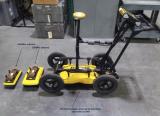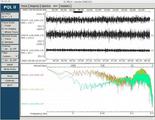ref2sac incorrectly converts Ref Tek RT 130 data files to SAC. I found and fixed a number of bugs in the Mac OS X PASSOFT release of ref2sac. I added LAT, LON, and ELEV to the SAC files. I set the dependent variable type in the SAC file to UNKNOWN, since the data are in counts, not engineering units. I added an option to create the SAC output files in a single, flat directory structure, with unique file names. Those names include an .R. to identify that they contain raw counts.
Attached are my patched files and a README of the changes, plus several sample data files. (The sample data files should not be redistributed without permission.) The sample data files were converted to SAC using the following commands:







